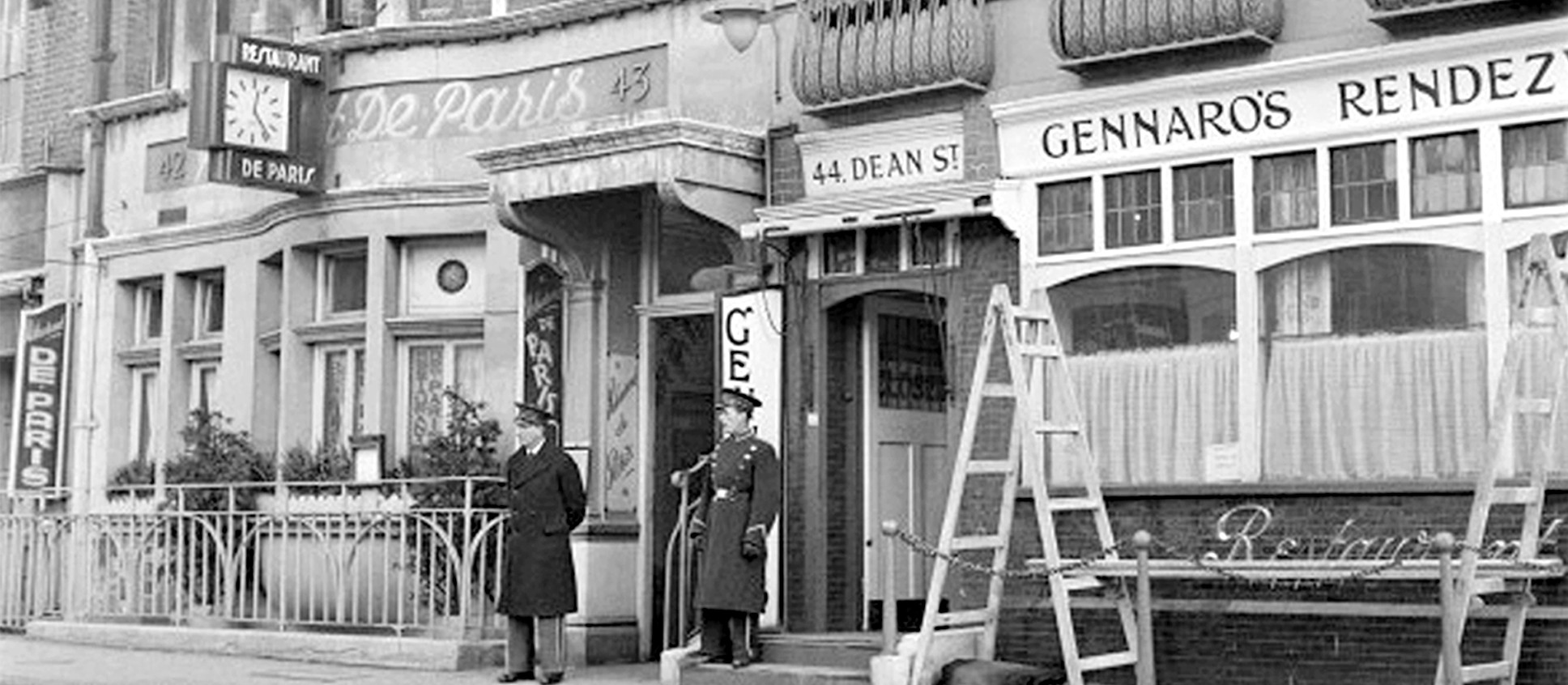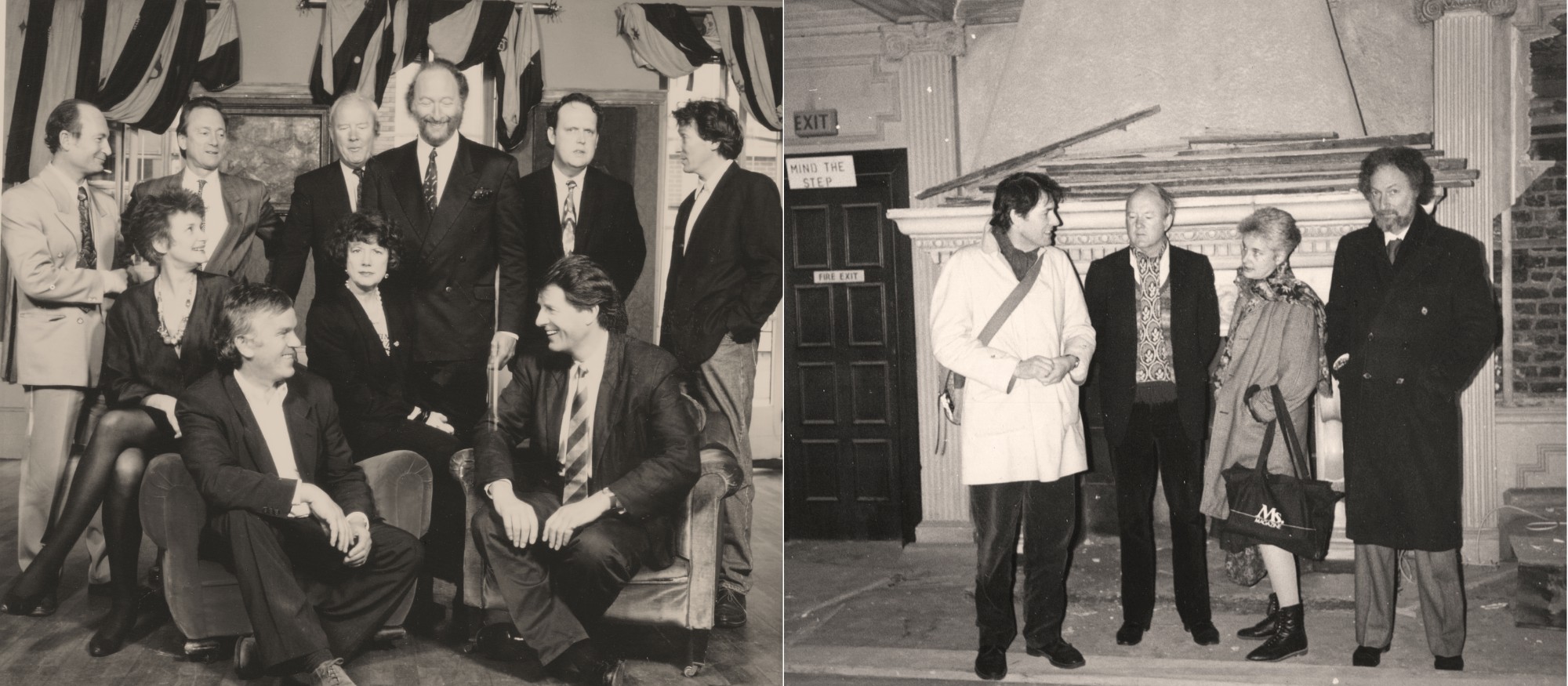History
Picture the scene. 1985, Soho. The epicentre of cultural movers and shakers in London, with film production companies and literary agencies on every corner – it was a square mile of art, overflowing with vibrant creativity. However, still a place where an unaccompanied woman would raise an eyebrow. And it was this that led to a pioneering group of publishers, Liz Calder & Carmen Calil alongside Ed Victor and Michael Sissons, to formulate a wild idea. They wanted to invent a new kind of club, a place where the creatives can mingle, unwind, and spark some serious magic, regardless of gender, a club anyone could apply to join based on merit, the antithesis of the stuffy gentlemen’s clubs of the day. The blueprint for the modern members club.
And thus, the Groucho Club was born – with a helping hand from a few key individuals, of course (seasoned club owner Tony Mackintosh to name but one). Tony and his partners, architect Tchaik Chassay & wine merchant John Armit, got to work – premises were found in Soho and the doors opened on 5th May 1985 to a membership full of creatives, drawn from the arts, publishing, film, music and advertising, many of whom were working in the area. It soon became the approved watering hole for the creative industries, and with bars, two restaurants, private event rooms and twenty bedrooms, The Groucho Club became the benchmark for the new generation of members clubs.
Named after Groucho Marx’s famous claim that he wouldn’t ‘want to belong to any club that would accept me as one of its members’, the Groucho Club’s witty, self-aware, maverick-mindedness was clear from the start. And from that moment on, the Groucho became the hottest ticket in town.
Conviviality and charm are the watchwords once within the walls of Dean Street, a haven where artists, actors, writers, and musicians can come together to let loose, share ideas, and maybe even hatch a few schemes. From legendary parties to intimate gatherings, from film screenings to impromptu performances, there’s never a dull moment.
The walls are adorned with the great and good of the British art scene, the air is thick with laughter and conversation, and every corner holds the promise of something exciting. The Club has been a long-time supporter of contemporary artists and their work, and as the collection swelled with artists and art world figures so did the membership. When the YBA’s shot to fame, the Club was associated with a new generation of Artists. The Groucho Club Art Collection includes an impressive anthology of British works from late 20th & early 21st Century and Director of Art Nicky Carter presides over her carefully curated yet ever-growing repository of fine pieces.
Over the years, the Groucho has seen it all. But for those in the know, it’s simply home – a place where creativity reigns, and the chief order of business is having a grand old time.


